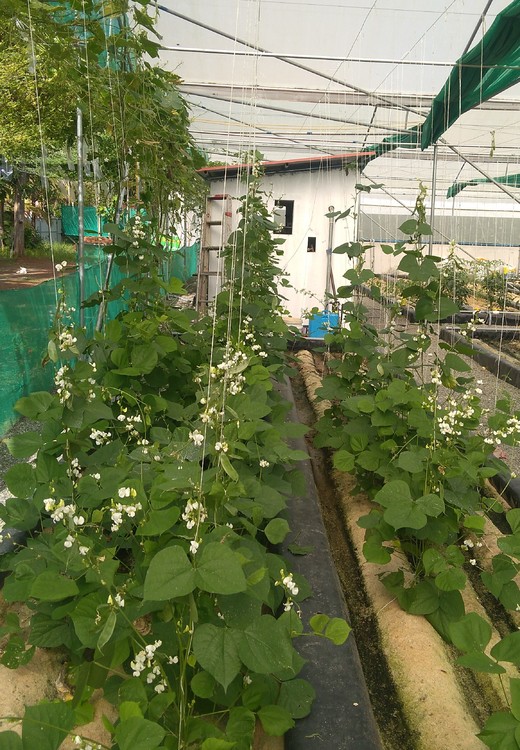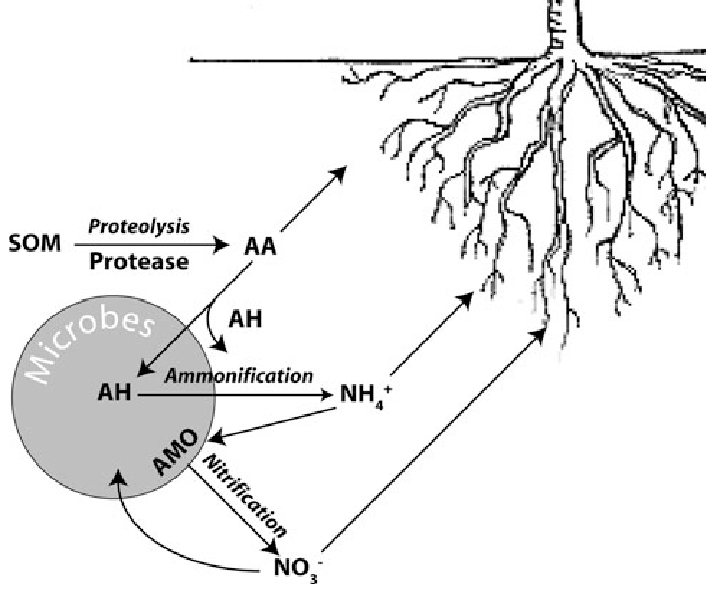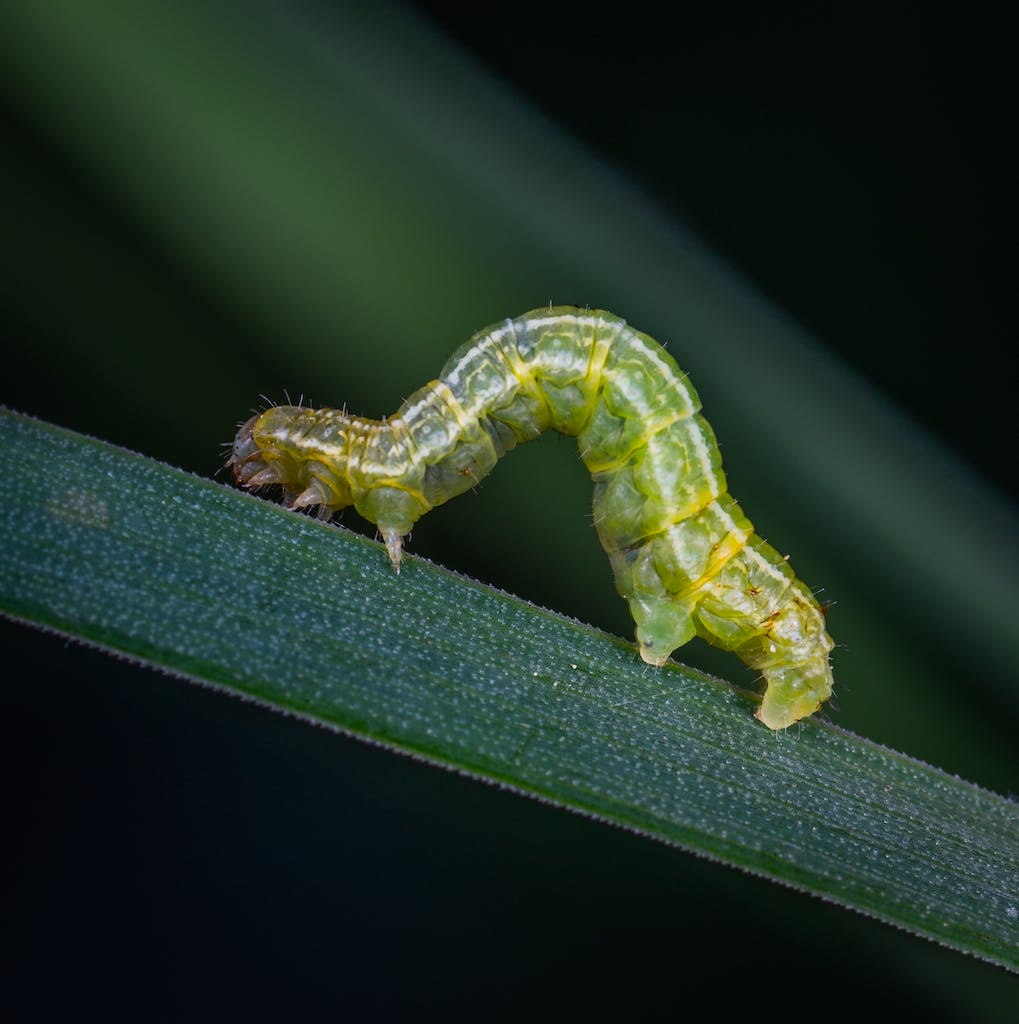A Guide to Prioritizing for Success

The Integrated AquaVegeculture System (iAVs) combines aquaculture and horticulture into a symbiotic system. However, to maximize the benefits and efficiency of iAVs, it’s crucial to understand and prioritize the biological and economic components of the system. This guide will help you navigate these priorities to ensure the success and sustainability of your iAVs.
Biological Priorities in iAVs
- Soil Microbes: The foundation of a thriving iAVs lies in its soil microbes. These microscopic organisms play a critical role in nutrient cycling, breaking down fish waste into forms that plants can readily absorb. Prioritizing the health and diversity of soil microbes ensures a robust and efficient system.
- Plants: Plants are not only the primary producers in the iAVs, but also crucial for maintaining water quality. They absorb nutrients from the water, effectively filtering it for the fish. Healthy, vigorous plants contribute to the overall stability and productivity of the system.
- Fish: While fish are an integral part of iAVs, providing the nutrients for the plants, they rank third in biological priority. The focus is on maintaining a balanced system where fish welfare is ensured, but they are not the primary focus.
Economic Priorities in iAVs
When it comes to the economic aspect of iAVs, the priorities are clear:
- Plants (1st Priority): The economic engine of iAVs is overwhelmingly driven by plant production. Plants not only cover a wide variety of crops but also command a significant portion of the revenue in an iAVs. The focus on plants is due to their higher return on investment compared to fish, especially considering current market conditions.
- Fish (Last Priority): Given the current feed prices relative to the market value of fish such as tilapia in the United States, fish production often results in a net loss. When all other costs are considered negligible (excluding the cost of fingerlings), the economic return from fish is minimal. Therefore, in a commercial sense, fish production is prioritized last.
The Commercial Essence of iAVs
In essence, iAVs should be viewed and operated primarily as an organic horticulture method, where the fertilization comes from fish waste. This perspective aligns with the economic realities and the biological functioning of the system. The goal is to produce high-value, nutrient-rich plants that contribute significantly to revenue generation and food value per unit input, including water.
Conclusion
Understanding and applying these priorities in your iAVs can significantly enhance both the sustainability and profitability of the system. By focusing on soil microbes and plants, you ensure a healthy, productive environment that maximizes the economic returns from your investment.
Remember, in iAVs , the synergy between aquaculture and horticulture is key, but the scales tip decidedly in favor of horticulture when it comes to prioritizing for success.
[email-subscribers-form id=”1″]


 Creative Commons Attribution-NoDerivs
Creative Commons Attribution-NoDerivs
Responses